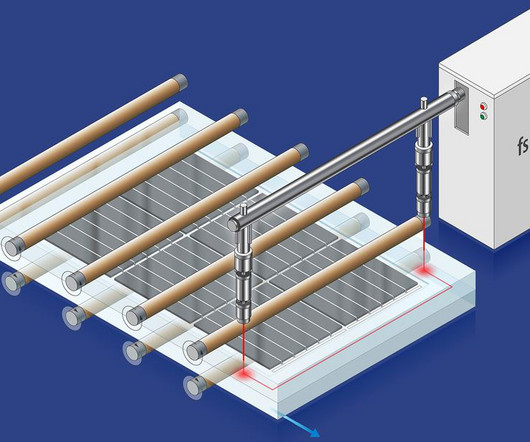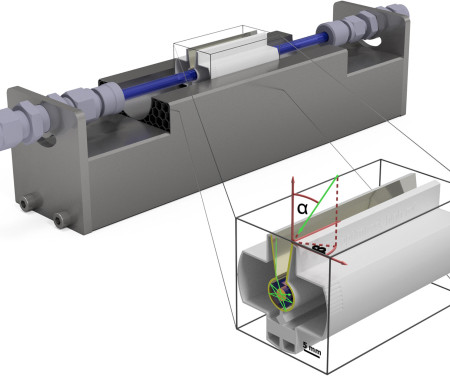Femtosecond Lasers Solve Solar Panels' Recycling Issue
Cars That Think
MAY 9, 2024
Solar panels are built to last 25 years or more in all kinds of weather. Manufacturers achieve the seal by laminating a panel’s silicon cells with polymer sheets between glass panes. But the sticky polymer is hard to separate from the silicon cells at the end of a solar panel’s life, making recycling the materials more difficult.































Let's personalize your content